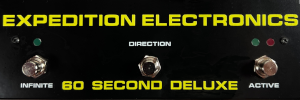Published on Dec 24, 2013 Xav Blue·9 videos
"Experimental synthesizer based on an STM32F4 Discovery board with USB Host function for interaction and automatic mode.
Flash your board with "dekrispator.hex" and enjoy hours and hours of sweet music coming of it ! Sounds can be loud so beware !
Files are here :
https://github.com/MrBlueXav/Dekrispator
Great songs are here :
https://soundcloud.com/bluexav
(good quality recordings, no external effects added)"
Showing posts with label MrBlueXav. Show all posts
Showing posts with label MrBlueXav. Show all posts
Tuesday, December 24, 2013
Thursday, December 19, 2013
MrBlueXav Brisophone DIY Automatic Semi-Random Digital Synthesizer
Le brisophone : automatic synthesizer DIY
Published on Apr 27, 2013
STM32F4 DIY synth : Brisophone demo + Korg Monotron delay effect
"Published on May 1, 2013
Automatic semi-random digital sound synthesizer based on STM32F4 Discovery board (STmicroelectronics).
Control through 4 push buttons and 1 bargraph LED display.
Access to 13 parameters...
This is a work in progress.
Open source code ! : https://github.com/MrBlueXav/Brisophone
The latest sound demos are here : https://soundcloud.com/bluexav"
"This is a semi-random music generator based on a STM32F4 Discovery board and a simple expansion board providing four push buttons and a 10 LED bargraph.
It's a cousin of my previous "Ambiantiseur" project.
Now we have 4 effects : LP filter, chorus/flanger, delay, distortion.
The latest sound demos are here : https://soundcloud.com/bluexav
Early videos :
http://youtu.be/H8p6o9Nr7k8
http://youtu.be/NJDcqiR5RQg
Through the 4 buttons you can edit about 20 parameters.
All push buttons are active low. They are connected to PD8, PD9, PD10, PD11.
The first two are used to choose the parameter you'd like to modify : you scroll the list forward or backward. The bargraph displays a configuration of LEDs for each parameter.
The two second buttons are generally used for increasing or decreasing the parameter value or sometimes toggle a value.
The bargraph (common cathods) is connected to pins PE6, PE7, .... PE14, PE15. Each output is active at high level (3V). I've used 120 ohms resistors. The display is multiplexed (one Led is on at a time) and not bright...This system doesn't work very well in fact....
This project was built with Coocox.org's free IDE : CoIDE 1.7 and the GNU Tools for ARM Embedded Processors (https://launchpad.net/gcc-arm-embedded).
The main project file to open with CoIDE is "Brisophone.coproj".
Be sure to adapt your settings :
Toolchain location : Project > Select your Toolchain Path ...
libm location : Configuration window > link > linked libraries > add ...
( example : C:\program files\gnu tools arm embedded\4.7 2013q2\arm-none-eabi\lib\armv7e-m\fpu\ )"
Published on Apr 27, 2013
STM32F4 DIY synth : Brisophone demo + Korg Monotron delay effect
"Published on May 1, 2013
Automatic semi-random digital sound synthesizer based on STM32F4 Discovery board (STmicroelectronics).
Control through 4 push buttons and 1 bargraph LED display.
Access to 13 parameters...
This is a work in progress.
Open source code ! : https://github.com/MrBlueXav/Brisophone
The latest sound demos are here : https://soundcloud.com/bluexav"
"This is a semi-random music generator based on a STM32F4 Discovery board and a simple expansion board providing four push buttons and a 10 LED bargraph.
It's a cousin of my previous "Ambiantiseur" project.
Now we have 4 effects : LP filter, chorus/flanger, delay, distortion.
The latest sound demos are here : https://soundcloud.com/bluexav
Early videos :
http://youtu.be/H8p6o9Nr7k8
http://youtu.be/NJDcqiR5RQg
Through the 4 buttons you can edit about 20 parameters.
All push buttons are active low. They are connected to PD8, PD9, PD10, PD11.
The first two are used to choose the parameter you'd like to modify : you scroll the list forward or backward. The bargraph displays a configuration of LEDs for each parameter.
The two second buttons are generally used for increasing or decreasing the parameter value or sometimes toggle a value.
The bargraph (common cathods) is connected to pins PE6, PE7, .... PE14, PE15. Each output is active at high level (3V). I've used 120 ohms resistors. The display is multiplexed (one Led is on at a time) and not bright...This system doesn't work very well in fact....
This project was built with Coocox.org's free IDE : CoIDE 1.7 and the GNU Tools for ARM Embedded Processors (https://launchpad.net/gcc-arm-embedded).
The main project file to open with CoIDE is "Brisophone.coproj".
Be sure to adapt your settings :
Toolchain location : Project > Select your Toolchain Path ...
libm location : Configuration window > link > linked libraries > add ...
( example : C:\program files\gnu tools arm embedded\4.7 2013q2\arm-none-eabi\lib\armv7e-m\fpu\ )"
MrBlueXav Dekrispator Experimental Synthesizer
DekrispatorTestSound20131218 Published on Dec 19, 2013 ryouichi harada·48 videos
"Dekrispator'sTest Sound!!
This software is a synthesizer which has flexibility very much!!"
via https://github.com/MrBlueXav/Dekrispator
"Experimental synthesizer based on an STM32F4 Discovery board with USB Host function for interaction and automatic mode. Flash your board with "dekrispator.hex" and enjoy hours and hours of sweet music coming of it ! Sounds can be loud so beware !
When powering up the board, the synth starts in "demo mode" unless you press and maintain a little the user button before power. In that case the synth is in "user mode".
Demo mode : The synth works on its own, sounds are perpetually changing. If you press the user button, sounds and effects stop always changing and the red LED lights on : the synth parameters are frozen. Press once again the user button and the red LED lights off : unfreeze.
User mode : Connect an USB MIDI controller (like Korg NanoKontrol...) to the board's micro USB connector and control the synth.
More to come..."
This is the first MrBlueXav post.
"Dekrispator'sTest Sound!!
This software is a synthesizer which has flexibility very much!!"
via https://github.com/MrBlueXav/Dekrispator
"Experimental synthesizer based on an STM32F4 Discovery board with USB Host function for interaction and automatic mode. Flash your board with "dekrispator.hex" and enjoy hours and hours of sweet music coming of it ! Sounds can be loud so beware !
When powering up the board, the synth starts in "demo mode" unless you press and maintain a little the user button before power. In that case the synth is in "user mode".
Demo mode : The synth works on its own, sounds are perpetually changing. If you press the user button, sounds and effects stop always changing and the red LED lights on : the synth parameters are frozen. Press once again the user button and the red LED lights off : unfreeze.
User mode : Connect an USB MIDI controller (like Korg NanoKontrol...) to the board's micro USB connector and control the synth.
More to come..."
This is the first MrBlueXav post.
NEXT PAGE
HOME
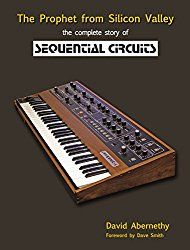



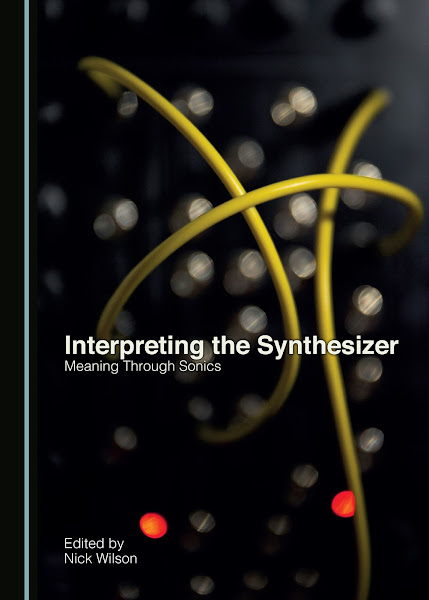
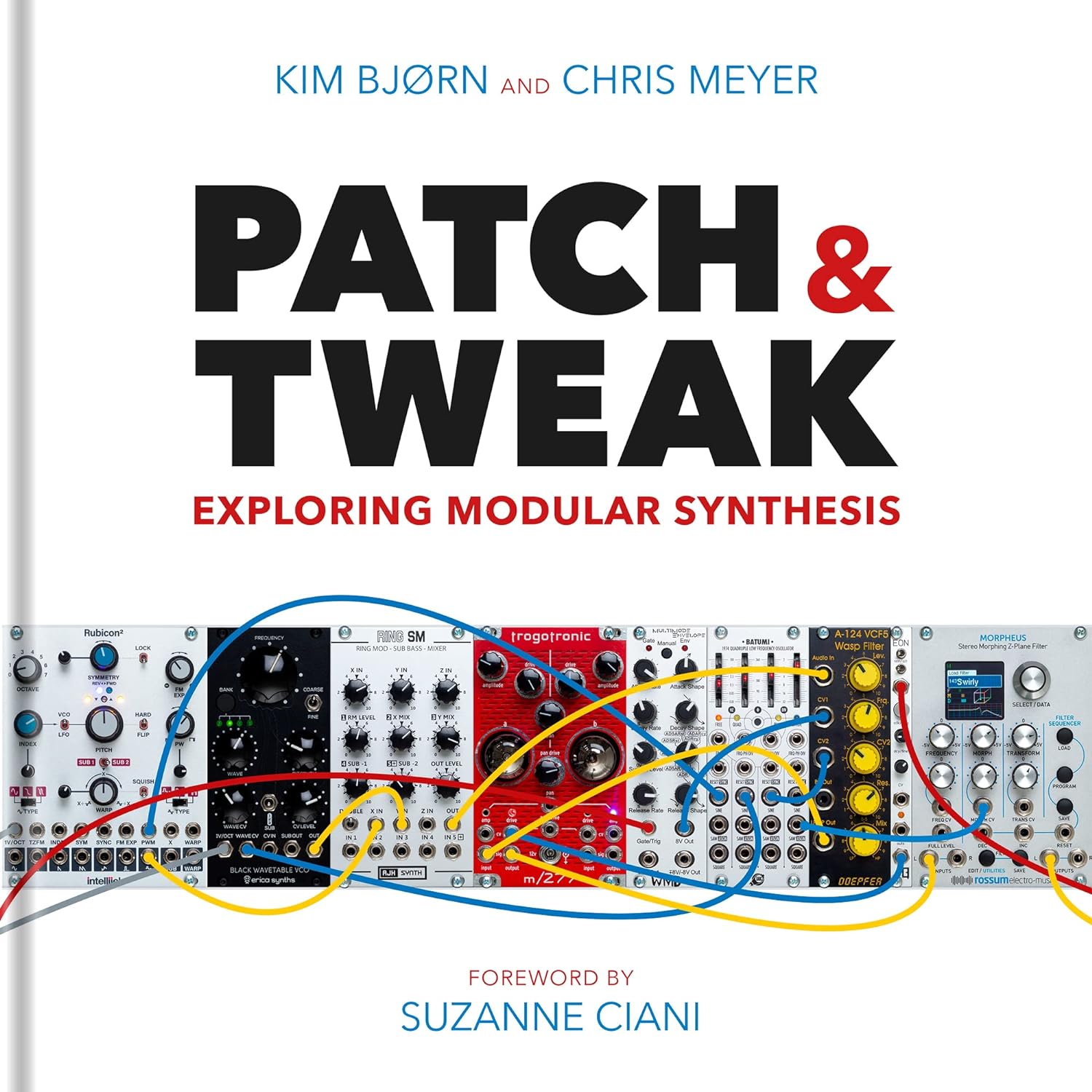

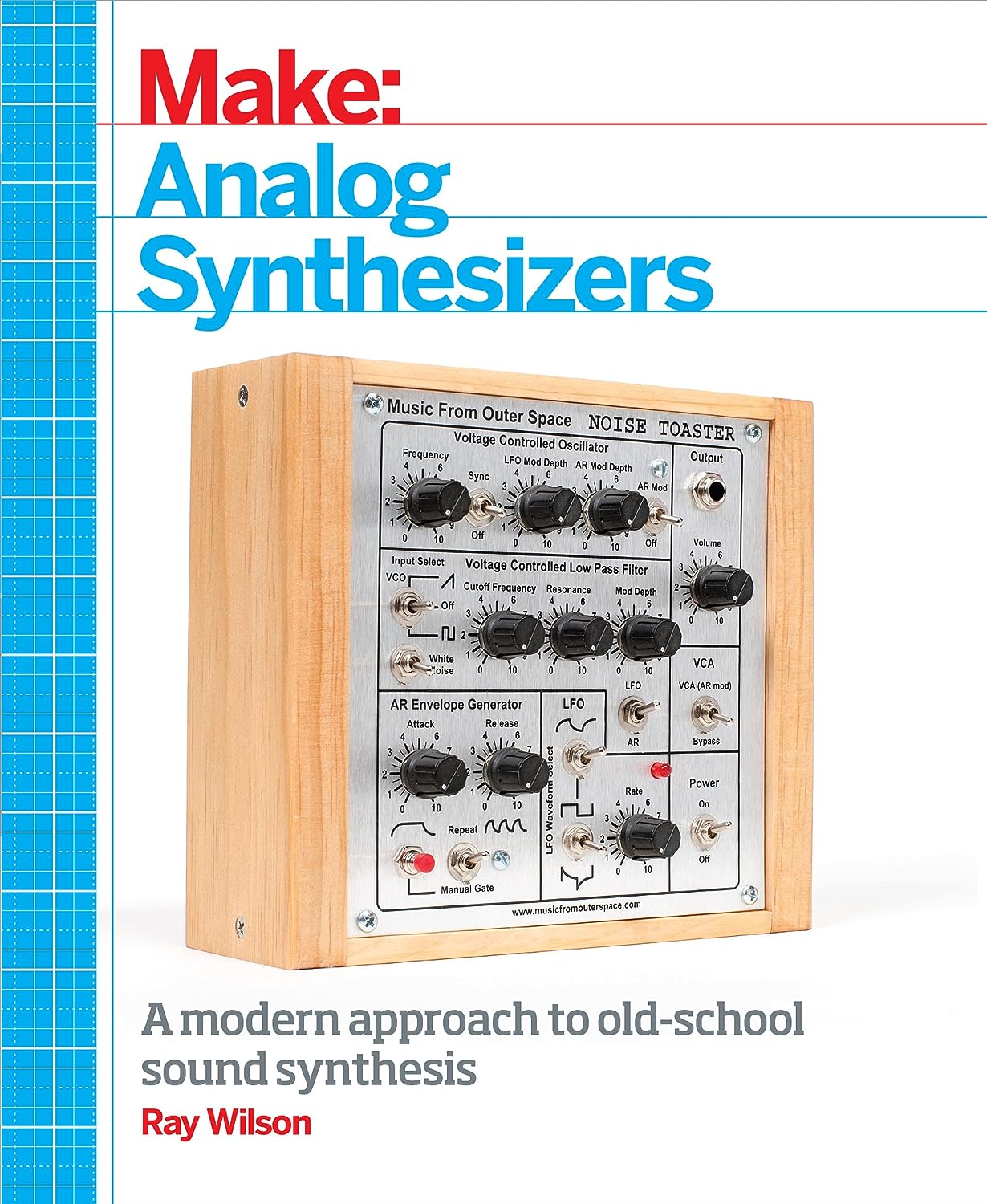

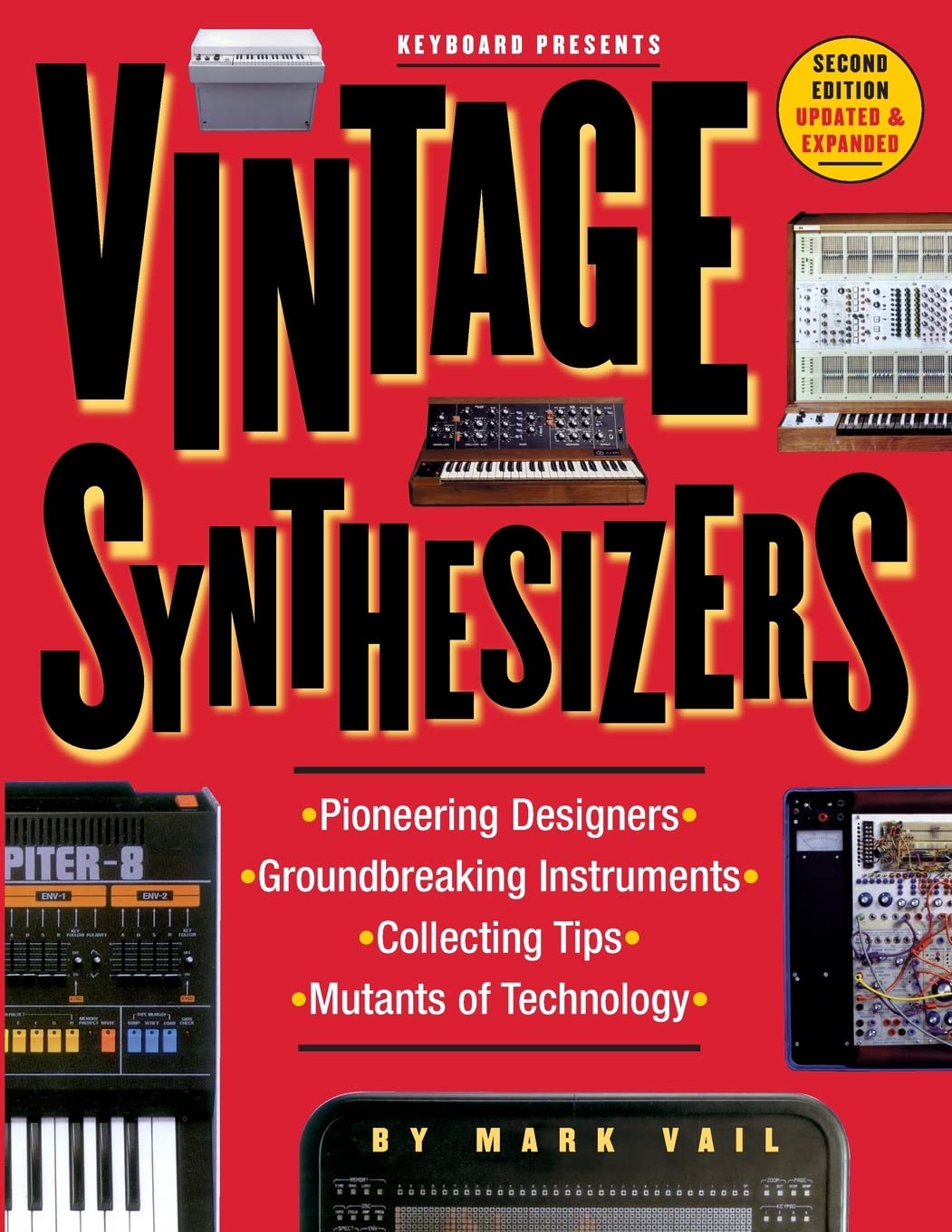
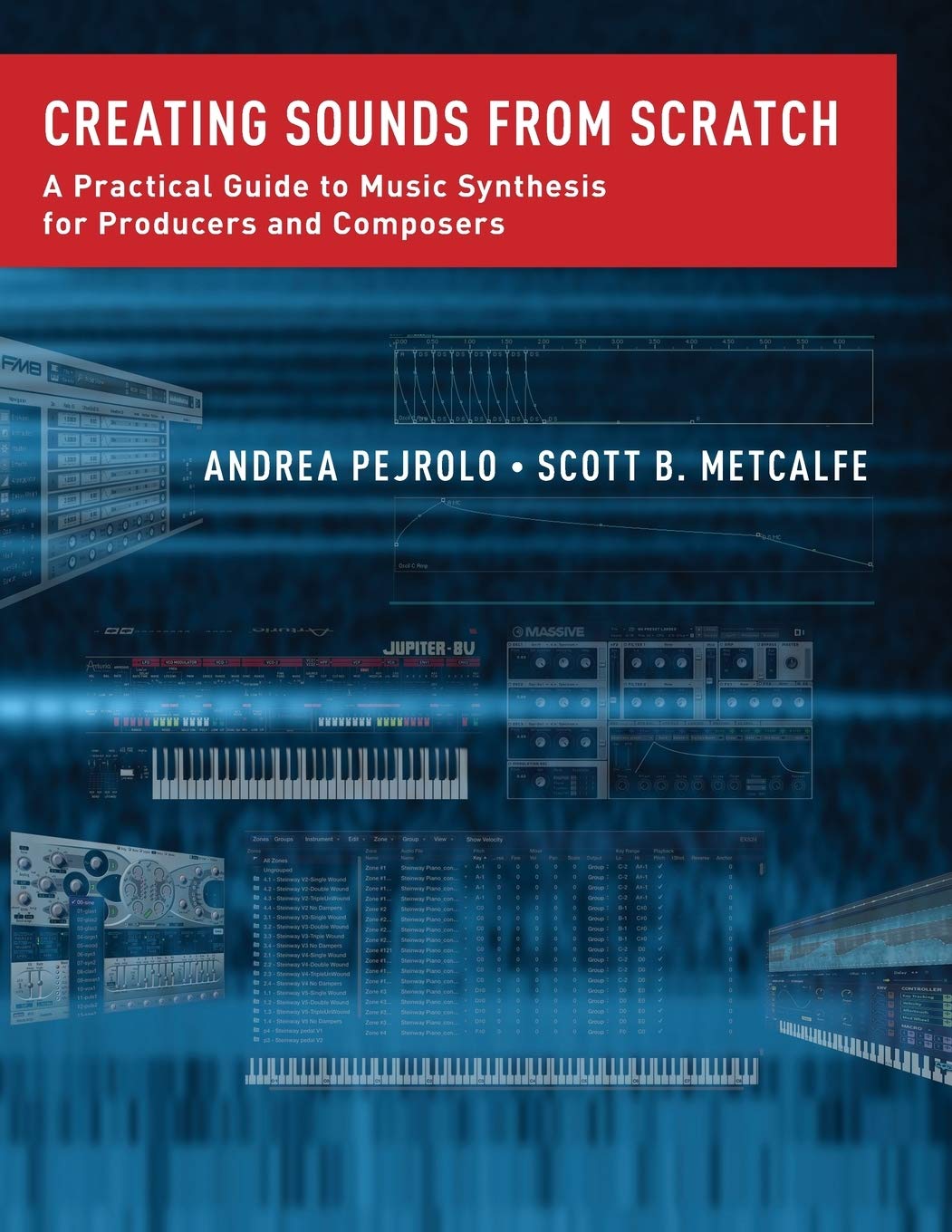
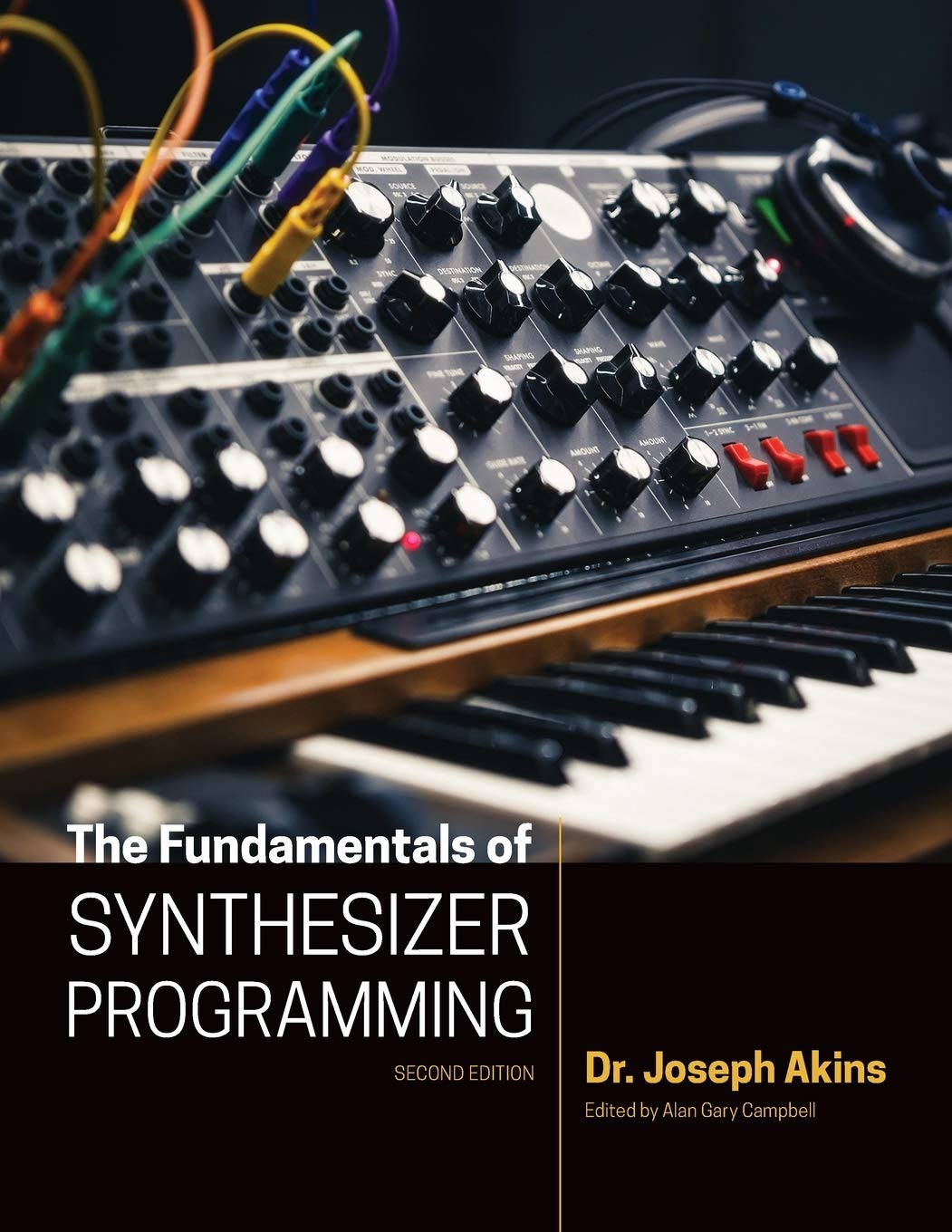

© Matrixsynth - All posts are presented here for informative, historical and educative purposes as applicable within fair use.
MATRIXSYNTH is supported by affiliate links that use cookies to track clickthroughs and sales. See the privacy policy for details.
MATRIXSYNTH - EVERYTHING SYNTH













© Matrixsynth - All posts are presented here for informative, historical and educative purposes as applicable within fair use.
MATRIXSYNTH is supported by affiliate links that use cookies to track clickthroughs and sales. See the privacy policy for details.
MATRIXSYNTH - EVERYTHING SYNTH













